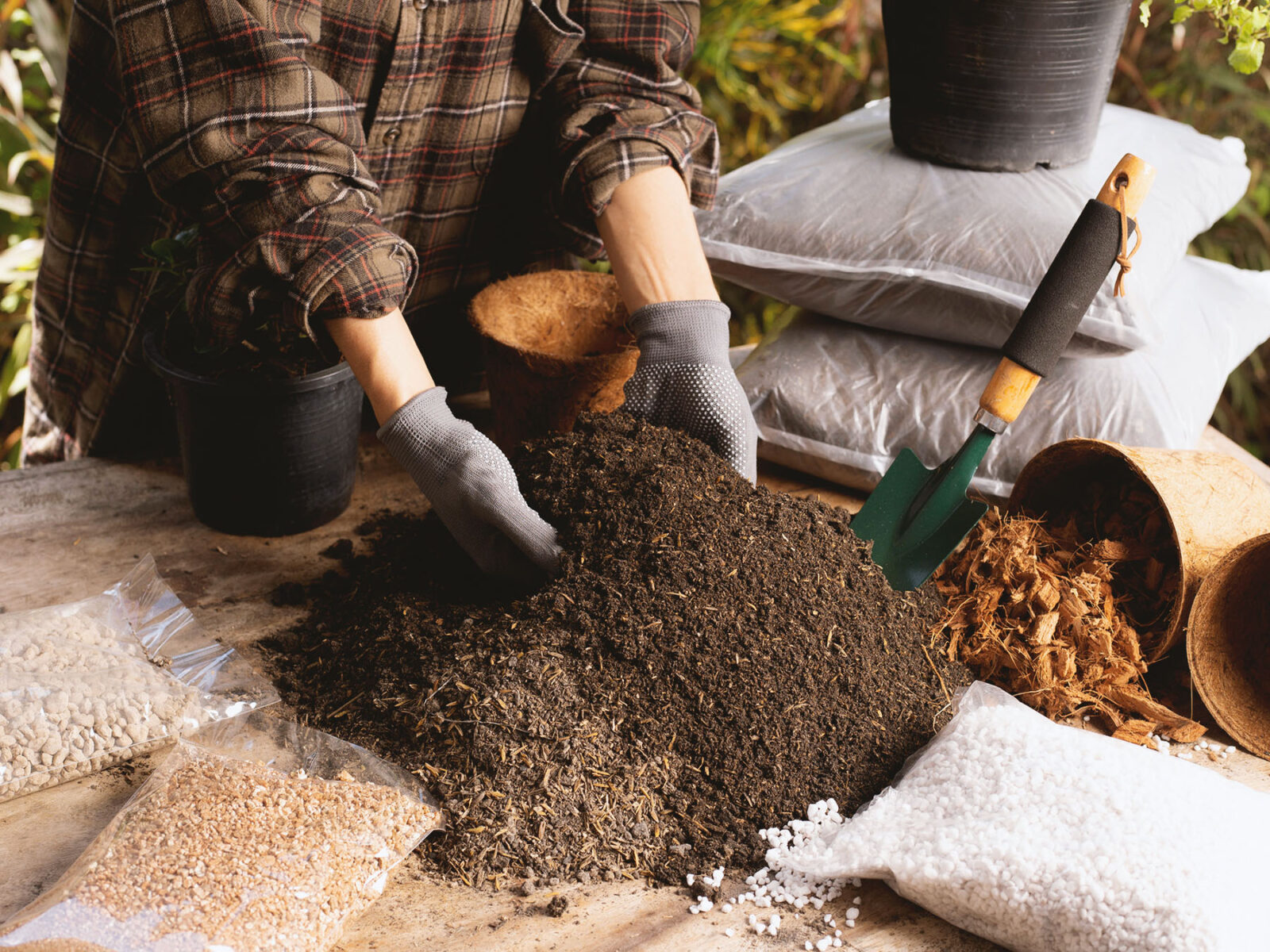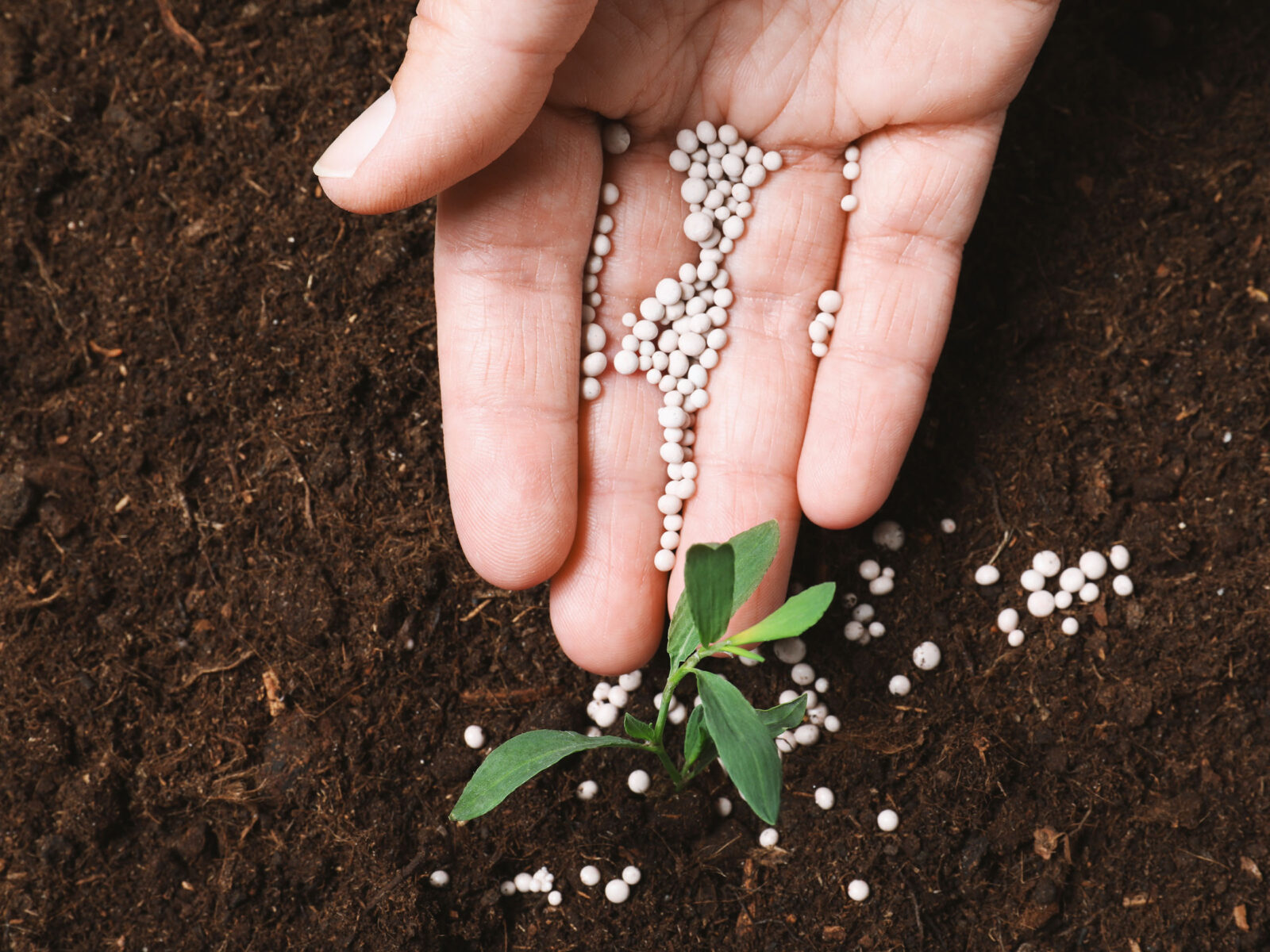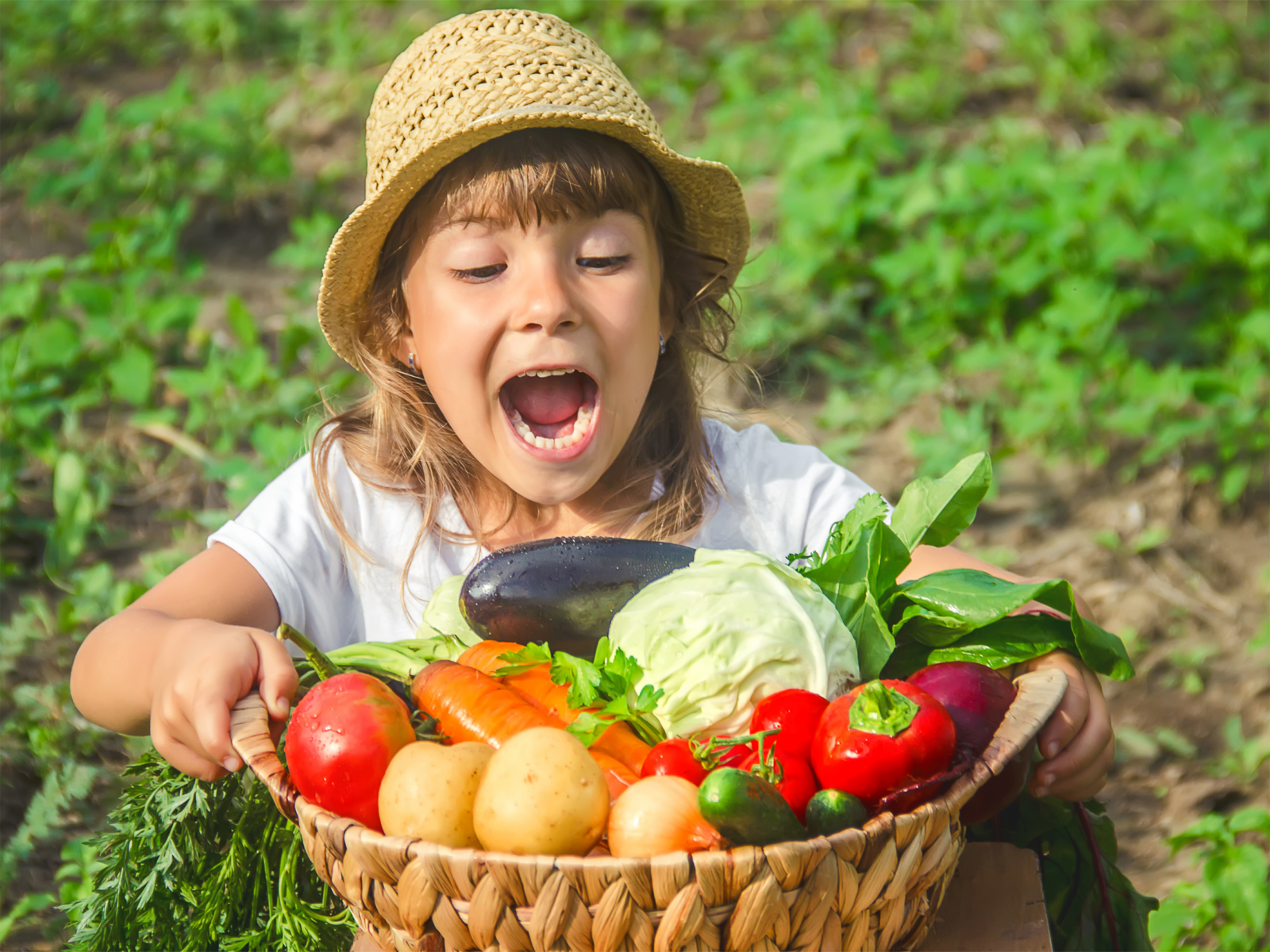
For your garden to blossom in glorious colours in summer and for your vegetables to thrive, good soil is essential. But what kind of soil do you need for your garden to bear fruit?
How to recognise good soil?
You can recognise fertile soil by its loose structure and high humus content. Humus has a dark colour and consists of decomposed organic matter. The aforementioned loose structure is important so that water and air can circulate ideally in the soil and so that the roots can become firmly anchored and find a good foothold. Fertile soil also smells pleasant and is reminiscent of intensive and pure forest soil.
What types of soil are there?
In gardening and plant care, there are three types of soil whose composition is crucial for the healthy growth of your plants:
- Heavy clay soils
- Medium silt soils
- Light sandy soils
How to determine your garden soil?
As already mentioned, garden soil consists of mineral substances such as clay, sand, silt or humus. Humus, decomposed organic matter, is particularly important for the soil. It is decisive for the soil structure, the water retention capacity and the nutrient storage of the soil.
To determine the soil in your garden, the following knowledge will help you:
- Clay soil can be moulded into any shape and will keep its shape.
- Silt soil can also be shaped, but will break if you shape it into a roll.
- Sandy soil cannot be shaped or crumbles after shaping.
Soil for the vegetable garden
It is best to choose a sunny spot for growing vegetables. Shady trees and shrubs should not cover the vegetable patch. The vegetable patch should also be protected from wind, but not be completely windless. Good air circulation in the beds is important to promote rapid drying and to prevent fungal diseases.
Loose, humus-rich and nutrient-rich soil is best suited for the vegetable patch. Ideally, the soil should be light sandy or medium silt, which can be prepared with horse manure, for example.
If you decide to build a new closed vegetable bed, there are many ready-made mixed soil products for growing vegetables that are ideal for this purpose.
Here you can find more information about vegetable gardening.
Soil for the flower bed
To ensure that your flowers shine in glorious colours, you should choose a potting soil that is adapted to the nutritional needs of the plant species. The substrate provides sufficient support for the roots, stores water and nutrients and has enough air pores to ensure root respiration. Find out what nutrients your flowers need and make sure that the pH value of the soil is suitable for your flowers.
Soil for a green lawn
A beautiful lawn does not have too many requirements in terms of soil properties. Nevertheless, you should consider a few points with regard to sowing the lawn. For example, the ideal lawn soil consists of sandy silt or humus-rich, silty sandy soil. The soil should be able to store a lot of water, but not too much. The lawn also likes a nice, loose top layer so that the grass roots have enough space.
Soil for the herb pot
Depending on which herbs you want to plant, the choice of a suitable soil also differs.
Native herbs such as parsley, chives or lovage like humus-rich, nutrient-rich soil with a good compost content. The herb bed soil should also be permeable and not cause waterlogging.
Southern herbs such as oregano, thyme or rosemary, on the other hand, like lean, very well-drained soil with a high sand content.
Is peat a popular potting soil?
Peat is still traditionally used as a heating material and has a similar calorific value to lignite. Likewise, the specific properties of peat make it a popular potting soil.
For example, peat lowers the pH value of the soil, secures many times its own weight in water, loosens compacted soil and thus ensures permeability. These properties make peat particularly interesting for commercial nurseries as well as hobby gardeners who prefer acidic soil for growing plants.
However, peat does not have too good a reputation. Excessive peat extraction in particular destroys huge moorland landscapes and valuable habitats for rare animals and plants.
Therefore, bark humus, compost or wood fibres are an ideal alternative and more and more gardeners are consciously avoiding the use of peat.


